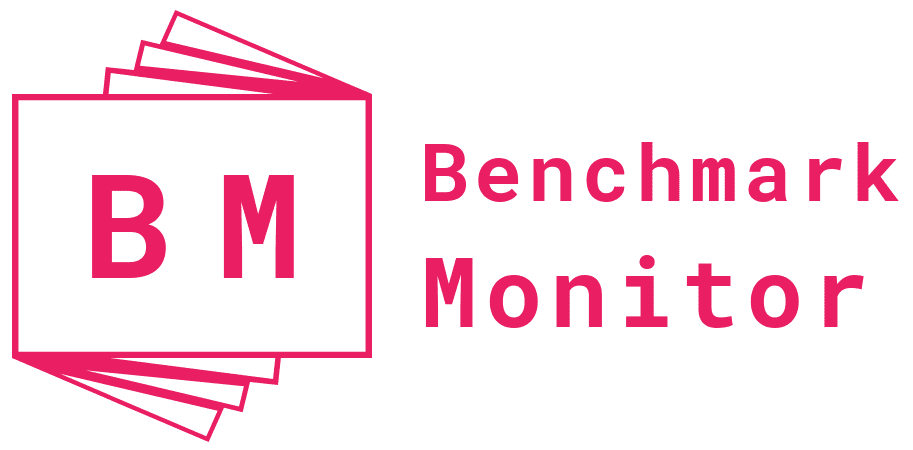The ears are inextricably linked to the rest of the human body. There’s a reason that a simple ear exam can provide early warning to a wide range of health problems, including diabetes and heart defects. And there’s a reason that hearing disorders such as Meniere’s Disease can influence balance — the domain of the inner ear. Let’s see congenital hearing loss and balance disorders: is there a link?
It should come as no surprise, then, that approximately 70% of cases of congenital sensorineural hearing loss (SNHL) were also accompanied by balance issues.
As noted by a piece in Tech Explorist, the balance disorders that often accompany hearing loss rarely become evident early in life. The most commonly manifest at age four or five, when the child begins to have trouble with ordinary activities such as riding a bike, swimming, and playing sports. That’s why a new initiative helmed by the University of Canterbury (UC) School of Psychology, Speech and Hearing Lecturer Dr. Mike Maslin intends to explore the connection between the two — and determine whether or not infants with congenital hearing defects should also be tested for balance disorders.
In the meantime, if you intend to have your child tested for SNHL and accompanying balance issues, there are a few things you should know.
Pediatric Screening for Balance Impairments
Table of Contents
Recognizing vestibular and hearing issues early in a child’s life is critical. Left untreated, they can impact more than simply hearing. They can have a significant adverse effect on motor development and cognitive function. If you suspect your child may be suffering from SNHL, make an appointment with a pediatrician as soon as possible.
Hearing tests for infants/children are relatively benign and straightforward and typically take one of two forms. Both involve the use of a small ear probe inserted into the child’s ear. The probe plays a few quiet sounds, and then a software platform measures the ear’s response to the sound.
As for vestibular issues, there are many ways to assess horizontal canal function in a child, though these should never be carried out without the supervision of a qualified medical doctor. Infants, in particular, are easier to test as they have yet to suppress their natural reflex responses. The simplest process involves having you sit on a chair with your child and spin around a few times, at which point the doctor examines the child.
There are other assessments as well, such as a Video Head Impulse Test, which involves a specialized pair of goggles that track eye movement — again, these are best left to a medical professional.
Treatment Options
Cochlear implants are often held up as a potential treatment for severe hearing loss.
However, in younger patients, implantation of a cochlear implant — intended to compensate for a patient’s hearing impairment — may itself impair balance, particularly if one of the components in the implant should fail. However, some evidence also suggests that children with cochlear implants and SNHL tend to score higher on balance tests as a result of their implant.
A therapeutic approach may be best, as it teaches a child how to compensate for their hearing loss with their other senses and trains them to improve their balance. This can drastically improve the quality of life for a child suffering from SNHL. Specialized physiotherapy can also be quite beneficial.
Ultimately, you must consult extensively with a licensed pediatrician and audiologist when dealing with such complex issues. As with all things related to hearing and auditory health, time is a factor. Identifying these deficiencies quickly is imperative to preserving future function and ensuring many viable treatment options – whichever route you decide to take.
About the Author:
Pauline Dinnauer is the VP of Audiological Care at Connect Hearing, which provides industry-leading hearing loss, hearing testing, and hearing aid consultation across the US.

